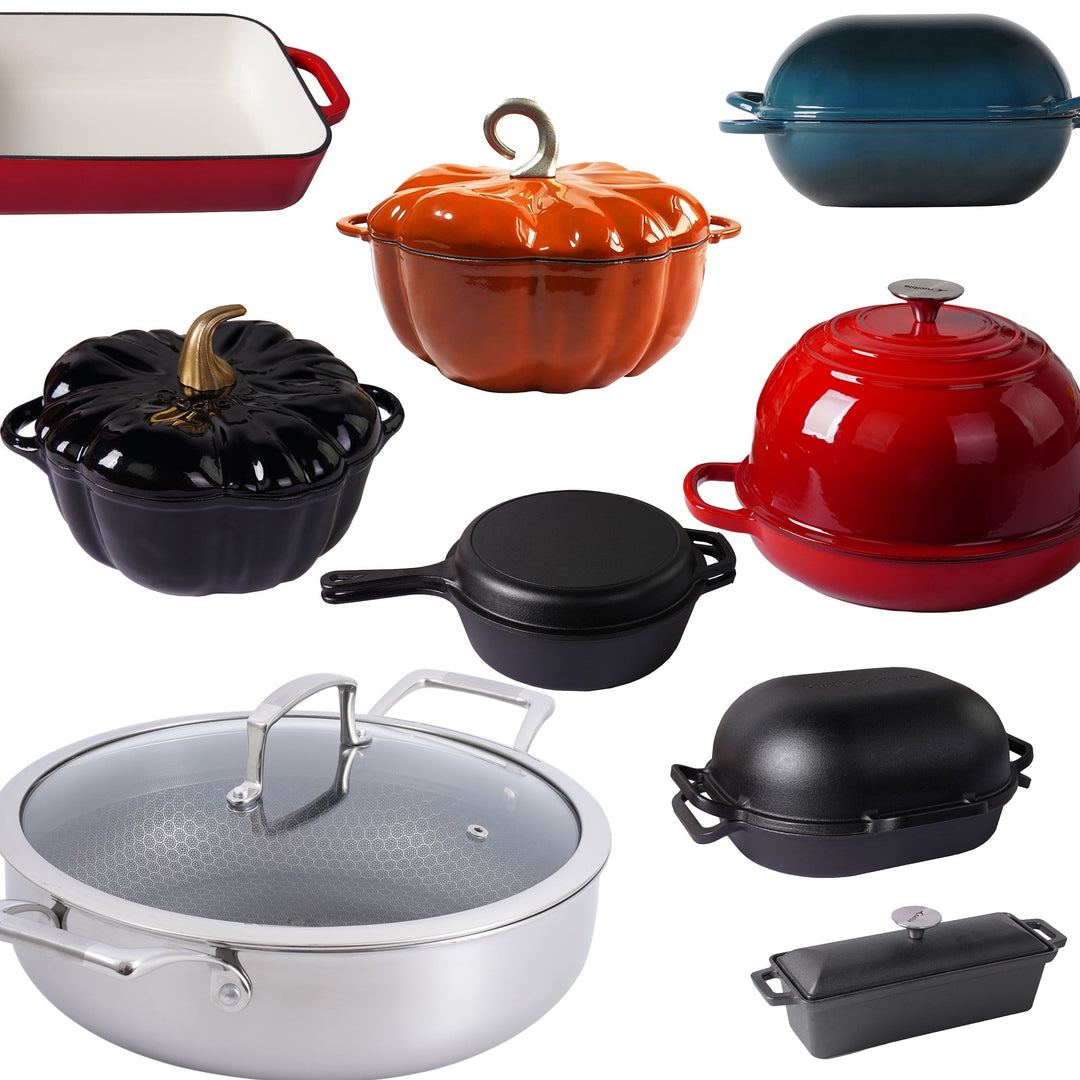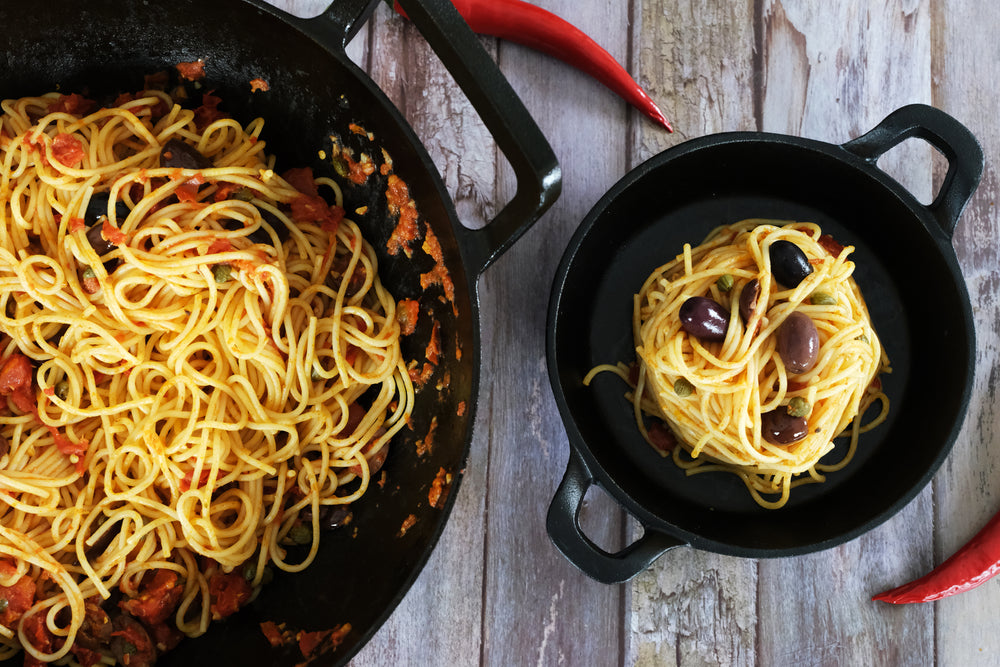Vad är skillnaden mellan att steka och svettas vid matlagning?

I matlagning är stekning och svettning två olika tekniker som används för att tillaga ingredienser. De involverar olika värmenivåer och tillagningsmetoder, vilket resulterar i olika resultat. Här är en genomgång av skillnaderna mellan stekning och svettning:
-
Värmenivå:
- Stekning: Stekning innebär vanligtvis att maten tillagas på hög värme. Det görs med olja eller fett som värmts till en relativt hög temperatur, ofta mellan 175°C och 190°C (350°F till 375°F).
- Svettning: Svettning är en matlagningsteknik som utförs på lägre värme. Den innebär att maten tillagas på låg till medelhög värme utan att ingredienserna bryns.
-
Tillagningsmetod:
- Stekning: Stekning är en torr värme-metod där maten sänks ner i het olja eller fett. Maten tillagas snabbt när den kommer i direkt kontakt med den heta oljan eller fettet, vilket resulterar i en krispig och brynt yta.
- Svettning: Svettning är en fuktig värme-metod som innebär att maten tillagas långsamt i en liten mängd fett eller vätska, vanligtvis under lock. Maten släpper ifrån sig fukt, och ångan som bildas hjälper till att tillaga ingredienserna försiktigt utan att bryna dem.
-
Resultat:
- Stekning: Stekning ger en krispig och brynt yta på maten. Det används ofta för att tillaga livsmedel som pommes frites, kyckling eller munkar, där en krispig textur önskas.
- Svettning: Svettning syftar till att mjuka upp och extrahera fukt från ingredienser utan att bryna dem. Det används ofta som ett förberedande steg i recept för att utveckla smaker och frigöra de naturliga juicerna från grönsaker eller aromatiska ingredienser som lök och vitlök.
-
Användning:
- Stekning: Stekning är lämplig för livsmedel som kräver en krispig och gyllene textur, och där en snabb tillagningstid önskas. Det används ofta för att steka livsmedel som kött, grönsaker och degbaserade produkter.
- Svettning: Svettning används ofta som en startpunkt för många rätter, särskilt i recept där en mjukare, genomskinlig eller sötare smak önskas. Det används ofta för att sautera grönsaker och utveckla basen för soppor, grytor eller såser.
Det är viktigt att notera att båda teknikerna har sin plats i matlagning, och valet mellan att steka och svettas beror på önskat resultat och det specifika receptet du förbereder.
















Lämna en kommentar